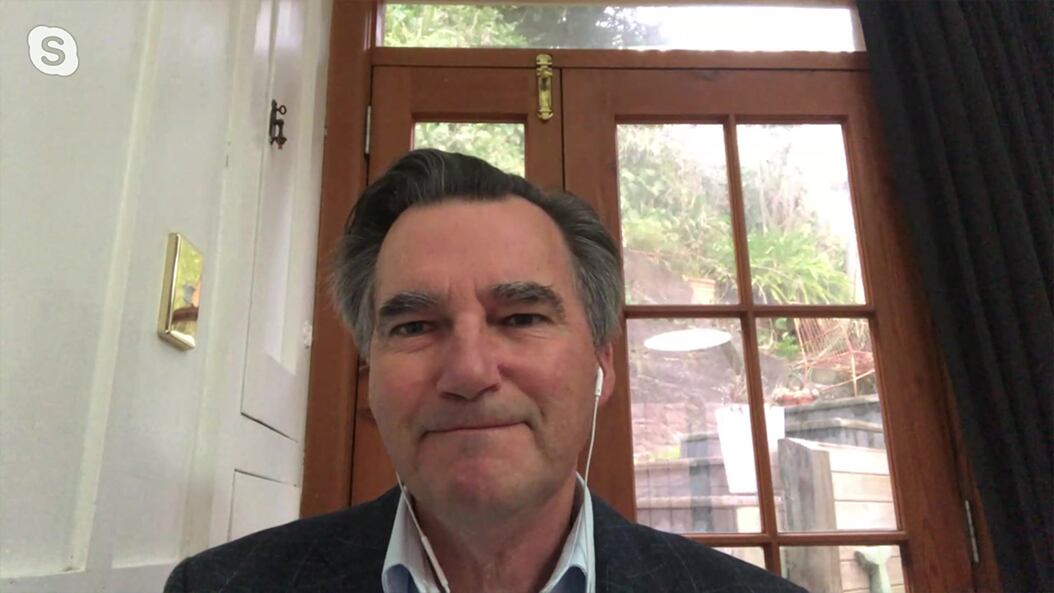The Council of Trade Unions (CTU) says the government is on the right path. However, they want the government needs to go faster with greater emphasis on creating pathways to higher value, higher-wage jobs.
CTU President Richard Wagstaff says that the situation would be worse if the Government didn’t act fast.
“We’re facing tough times, but the point is it could be a lot worse if our government hadn’t acted swiftly as they have,” Wagstaff says.
President Wagstaff says that despite an improvement in Treasury projections many people will still be out of mahi.
“Now Treasury’s talking about 10% (unemployment), and they’re saying that every $20 billion dollars spent saves about five per cent of unemployment.
“Ten per cent of unemployment is still a quarter of a million people out of work.”
Keeping people employed
Wagstaff is calling on the government to spend more to support the nation. He commends the wage subsidy as helping to stem the tide. But he says we need a long term solution.
“It’s (the wage subsidy) certainly kept a lot of people at work. But we are all concerned. That when it drops off, then people will drop off and end up on the dole which is a disaster and a very tough way to live.”
The CTU president says that workers have seen their annual leave entitlements dry up while their employers receive the wage subsidy.

CTU's Richard Wagstaff on jobs and wage subsidy - Photo / File
He adds that for some workers, the subsidy was delaying the inevitable.
“They struggle to take sick leave. Some others have found themselves, they’re going to be made redundant anyway. This is just sort extending the period until that happens. So it hasn’t been so great for them.
But after eight weeks, Wagstaff says that the government is being careful not to prop up businesses that would have died anyway.
An alternative to the Jobseekers Benefit
He suggests the Government could take up a ‘social insurance approach’ where an out-of-work kaimahi receives up to 80% of their income. While on this income, they would receive training and support back into a job of their choice.
He says it could be funded and set up in the same way as ACC. Employers pay levies on behalf of workers and similar charges are added into Government fees such as vehicle licensing.
“It could be in place for like a year, and it could be at varying rates. Depends how much is in the fund, and depends how much we all contribute to it,” Wagstaff says.
“We don’t want to see the private insurance industry, doing, you know, everyone paying their own insurance one-by-one.
“We think a State-run approach is much fairer, much more economical and much more efficient in terms of the money you get back.”
Wagstaff says that this is just one idea the CTU has.
He says there could be up to 250,000 people on the jobseekers benefit soon, and that will be ‘just too tough’.
He noted that during the GFC Māori are disproportionately affected.
The social insurance kaupapa, he says was formulated before COVID. It was approved by the CTU Rūnanga (the Māori branch of the CTU) when it was presented to them.
The CTU is calling for a government-led approach to our economy, where they identify our national strengths and focus on those.
Wagstaff cited the example of China, where their Government focused on manufacturing and became a global powerhouse as a result.
